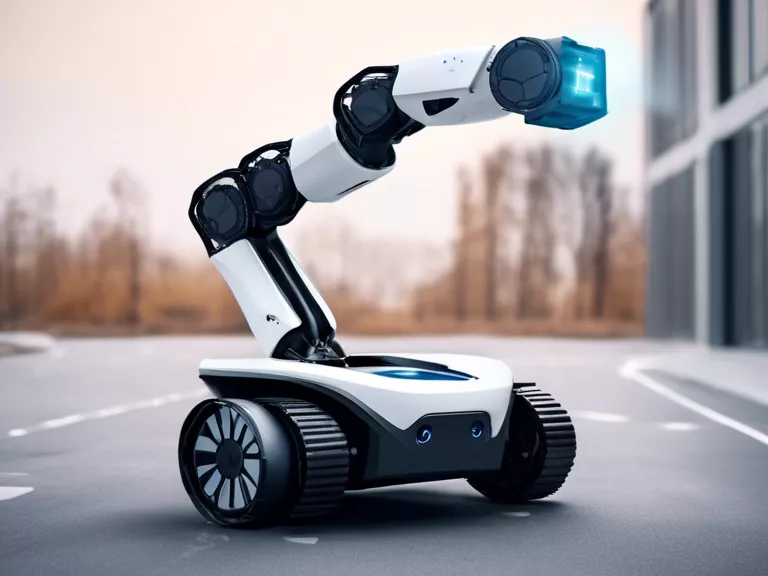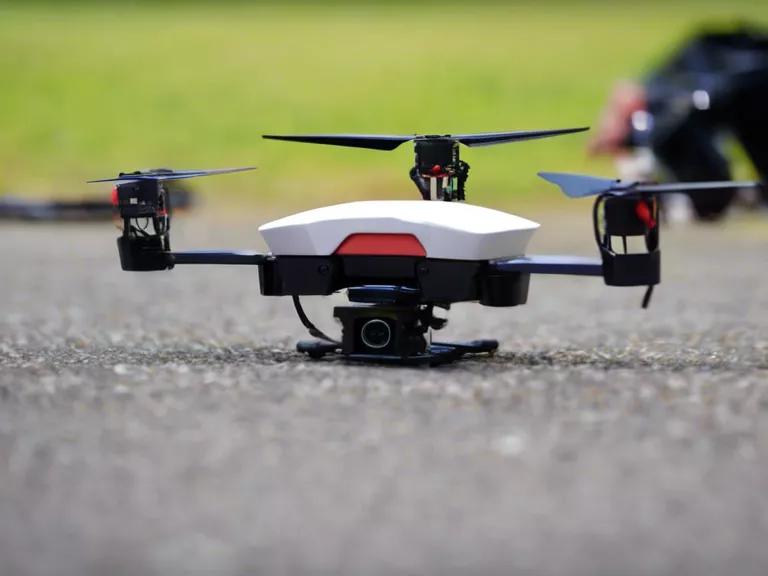
Autonomous robots have become a prominent technology in various industries, revolutionizing the way tasks are performed and increasing efficiency. In recent years, there have been significant advancements in the field of autonomous robots, leading to the emergence of new trends and applications. Let's explore some of the latest trends in autonomous robots and their diverse applications.
Artificial intelligence and machine learning: One of the most significant trends in autonomous robots is the integration of artificial intelligence and machine learning algorithms. These technologies enable robots to learn from their environment, make decisions, and adapt to changing conditions. This allows autonomous robots to perform complex tasks with a high degree of accuracy and efficiency.
Multi-robot collaboration: Another emerging trend is the use of multiple autonomous robots working together to accomplish a common goal. This approach allows for greater flexibility, scalability, and efficiency in various applications such as warehouse management, agriculture, and search and rescue missions.
Autonomous vehicles: Autonomous vehicles, including self-driving cars and drones, are becoming increasingly prevalent in transportation and delivery services. These vehicles use sensors, GPS, and AI algorithms to navigate their surroundings safely and efficiently, reducing the need for human intervention.
Healthcare robotics: Autonomous robots are also making significant strides in the healthcare industry, assisting with tasks such as patient care, surgery, and rehabilitation. These robots can improve patient outcomes, reduce human error, and streamline workflows in hospitals and medical facilities.
Environmental monitoring and surveillance: Autonomous robots are being deployed for environmental monitoring and surveillance purposes, such as monitoring wildlife populations, detecting pollution, and patrolling borders. These robots can operate in remote or hazardous environments, providing valuable data for conservation efforts and law enforcement.
As autonomous robot technology continues to evolve, we can expect to see further innovations in various industries and new applications that improve efficiency, safety, and quality of life.



